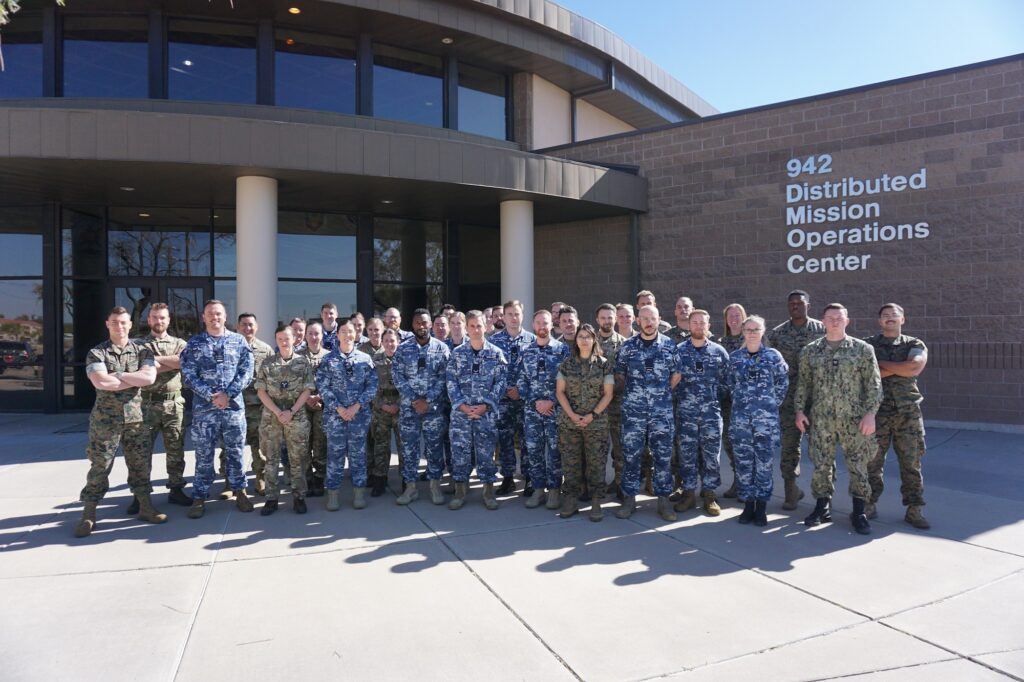Combined arms operations are essential in modern warfare as they combine the strengths of land, air, and sea forces to achieve maximum effectiveness on the battlefield. By integrating these different branches, military commanders can increase their operational flexibility, agility, and firepower, allowing them to respond quickly to changing situations and exploit enemy weaknesses. Key principles such as unity of command, mutual support, flexibility, and centralized control with decentralized execution guide these operations. The integration of land, air, and sea forces is crucial for success, as each branch brings unique capabilities that, when combined, allow for a high degree of synergy and coordination. The benefits of combined arms operations include increased combat effectiveness, enhanced operational flexibility, and improved coordination and integration. Overall, these operations are critical for achieving strategic and tactical objectives efficiently in modern warfare.
Combined Arms Operations: Integrating Land, Air, and Sea Forces for Maximum Effectiveness
Combined arms operations are a crucial aspect of modern warfare, requiring the coordination and integration of different military branches to achieve maximum effectiveness on the battlefield. By combining the strengths of land, air, and sea forces, military commanders can leverage the unique capabilities of each branch to achieve strategic and tactical objectives.
The Importance of Combined Arms Operations
Combined arms operations are essential in modern warfare due to the complex and dynamic nature of conflicts. By integrating land, air, and sea forces, military commanders can increase their operational flexibility, agility, and firepower. This allows them to respond quickly to changing situations on the battlefield and exploit enemy weaknesses effectively.
Additionally, combined arms operations allow military forces to achieve synergy between different branches, maximizing their overall combat effectiveness. For example, air forces can provide close air support to ground troops, while sea forces can provide naval gunfire support to ground operations. This coordination and integration of forces give military commanders a significant advantage over their adversaries.
Key Principles of Combined Arms Operations
There are several key principles that guide combined arms operations, including:
- Unity of Command: All forces involved in the operation must be under a single commander’s control to ensure unity of effort and coordination.
- Mutual Support: Different branches must complement each other’s strengths and weaknesses to achieve the mission’s objectives effectively.
- Flexibility: Military forces must be able to adapt quickly to changing situations on the battlefield and adjust their tactics and strategies accordingly.
- Centralized Control and Decentralized Execution: Commanders must provide clear guidance and direction to their subordinates while allowing them the flexibility to make decisions on the ground.
Integration of Land, Air, and Sea Forces
Each branch of the military brings unique capabilities to the battlefield, and their integration is essential for the success of combined arms operations. Land forces provide the infantry and armored units necessary for ground combat, while air forces provide aerial support through fighter jets, bombers, and drones. Sea forces, on the other hand, can deploy naval vessels and submarines to support amphibious operations and provide offshore firepower.
By combining the strengths of all three branches, military commanders can achieve a high degree of synergy and coordination, allowing them to maximize their combat effectiveness. For example, land forces can call in airstrikes from air forces to support their ground operations, while sea forces can provide naval gunfire support to destroy enemy positions from the sea.
Benefits of Combined Arms Operations
There are several benefits to conducting combined arms operations, including:
- Increased Combat Effectiveness: By combining the strengths of different branches, military commanders can achieve a higher level of combat effectiveness on the battlefield.
- Enhanced Operational Flexibility: Combined arms operations allow military forces to adapt quickly to changing situations and respond effectively to enemy threats.
- Improved Coordination and Integration: By working together, land, air, and sea forces can achieve a high degree of coordination and integration, allowing them to work towards common objectives effectively.
Conclusion
Combined arms operations are a critical component of modern warfare, requiring the integration and coordination of land, air, and sea forces to achieve maximum effectiveness on the battlefield. By leveraging the unique capabilities of each branch, military commanders can achieve synergy between different forces and exploit enemy weaknesses effectively. By following key principles and guidelines, military forces can maximize their combat effectiveness and achieve their strategic and tactical objectives efficiently.
